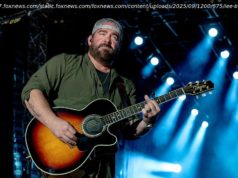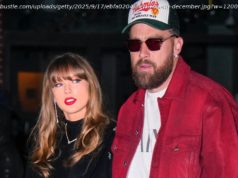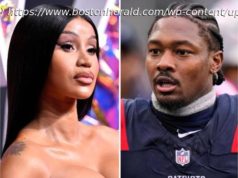It’s been the fastest-growing segment of ad spend for several years now.
Brands will spend $24 billion dollars on North American sponsorships in 2018 and more than two and a half times that globally. Although sports represent the bulk of that spending, music sponsorship has represented the fastest-growing segment for several years in a row, meaning more brands than ever before are tapping into entertainers to help reach consumers.
Brands want to partner with artists but aren’t sure how to do it correctly. I routinely come across three big misconceptions about music and can say definitively that all three ideas are patently false. Music partnerships are too expensive
The most common misconception by far is that music partnerships are too expensive. This falsehood keeps many brands out of the sponsorship world altogether. Music and entertainment are complicated spaces. There is no rate card to consult because every partnership is unique, and there is no singular rights holder, so securing a song or an endorsement means getting multiple levels of buy-in from many different stakeholders.
Music sponsorship has represented the fastest-growing segment [of ad spend] for several years in a row.
It’s true that some music deals are seven-, even eight-figures, but the vast majority are smaller in nature. And a well-executed music partnership can actually deliver a much higher ROI than traditional advertising. Artists aren’t products, and therefore there isn’t a set price tag.
Solution
Understand the value proposition that comes not only from the exposure (are you giving an artist the opportunity to promote their new music with national or global reach?), but from the cache of the partnership. For example, a brand like Bumble has a high-value proposition for artists because its brand ethos (female empowerment) aligns with their core values. A brand that is mission based will have an easier time negotiating with forward-thinking talent. Knowing the value proposition of your brand is key to putting together a program that’s going to deliver a win for you within the constraints of your budget. Music partnerships don’t work
The second biggest misconception about music partnerships is that they don’t work. This blanket statement is an oversimplification of an all-too-real issue with sponsorships in general: the tracking mechanisms aren’t the same as online advertising. That doesn’t mean they aren’t trackable, and it certainly doesn’t mean they don’t work, but the KPIs of a sponsorship campaign are different.
Solution
To ensure a campaign is successful, brands must be honest about the goals upfront and then design a partnership that delivers on those goals. For instance, if increasing sales is your key objective, then 100 million views on a viral video months before a product is available are virtually worthless—they are much less valuable than, say, 15,000 well-targeted impressions that contain a link to buy the product after it is in stores. Clearly defining campaign KPIs, such as increasing sales, earned media, engagement and data capture are essential to your success. Music partnerships only work with superstar artists
Many brands think that just because they can’t afford to partner with Taylor Swift or Beyoncé that artist partnerships aren’t worth pursuing. Fandoms of all sizes connect on an emotional level and drive action and economic impact. Most brands don’t need a superstar: They need the right storyteller for their target audience.
Solution
Using data and expert analysis, marketers can alleviate this problem by identifying the talent that will move the needle for their brand. Sometimes the right answer is a household name, but many times it’s not. We all tend to think if an artist isn’t on our radar, it’s easy to dismiss them as “undiscovered” when the reality might be they’re getting millions of streams with our target audience already. Connection is about storytelling, and the most authentic voice can and will activate your consumers. Dismissing someone simply because they don’t have a hit on the radio is short-sighted. You wouldn’t limit sales of your product to only the top 1 percent of consumers, so why should you only consider the top 1 percent of artists when looking for a partner? Go where your customers are, and you will be rewarded.
In the end, it’s important to remember that music drives emotion—and emotion drives sales.
Share
https://adweek.it/2ywLQP1 copy
Jeremy Holley
Jeremy Holley is a founding partner at FlyteVu, a Nashville and Austin marketing agency founded in 2015.






